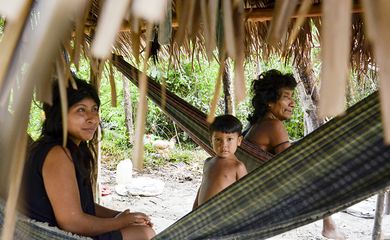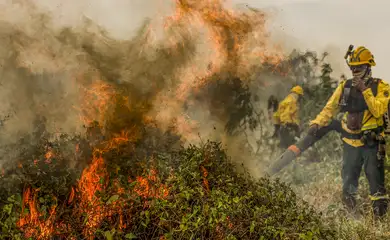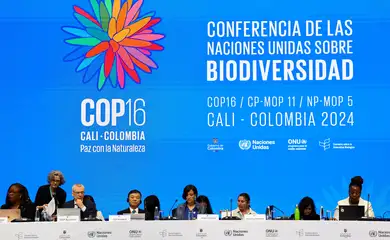Brazilian biomes are better preserved in indigenous territories

A study by the Socio-Environmental Institute (ISA), released on Wednesday (Apr. 2), reveals that indigenous territories in the Caatinga, Atlantic Forest, Pampa, and Pantanal biomes have a 31.5 percent higher level of environmental preservation compared to surrounding areas.

The 223 territories analyzed have lost an average of 36.5 percent of their original vegetation, regardless of their stage of demarcation. The analysis focused on devastation in the biomes during the first decade of the 2000s.
The Pampa is the biome where indigenous territories have the highest proportion of deforested area, with a loss of 62.5 percent of their original vegetation. In the Atlantic Forest, more than 90 percent of deforestation had already occurred by 2000 in most of these areas.
Demarcation
According to ISA, the data indicate that delays in the demarcation of indigenous territories contribute to environmental degradation. This conclusion is supported by information from the Protected Areas System (SisArp), a database that enables geospatial analysis and cross-references various types of data, including legal acts, demographics, indigenous peoples and languages, deforestation, major projects, pressures, threats, and mining.
The study also highlights that demarcation not only prevents further destruction but also promotes vegetation regeneration, “demonstrating the effectiveness of indigenous management strategies,” according to the Institute.
“Only effective indigenous ownership can ensure the socio-environmental integrity of indigenous territories. Demarcation, protection, and territorial management policies must be integrated, considering social, cultural, and environmental aspects. Beyond environmental degradation, conflicts and invasions also pose serious threats to the fundamental rights and physical integrity of indigenous peoples,” the report states.






